
In an increasingly interconnected world, effective diplomacy is more critical than ever. The delicate balance of power, cultural differences, and geopolitical interests requires a nuanced approach to maintaining peace and fostering cooperation. The Art of Diplomacy: Uniting Nations Through Relations is a journey into understanding how diplomatic engagement can build bridges between countries, resolve conflicts, and promote global stability. This article delves into the evolution, techniques, and future of diplomacy, providing insights that are both informative and engaging.
Diplomacy has a storied history, evolving from simple envoys and emissaries in ancient civilizations to a complex network of statecraft in modern international relations. Early forms of diplomacy were rooted in personal relationships and the exchange of gifts, laying the foundation for mutual respect and understanding. As nations grew more sophisticated, diplomatic protocols and formal institutions emerged, codifying the practices that now underpin international relations.
Over time, the role of diplomats expanded beyond mere negotiation. Today, they serve as both representatives and mediators, tasked with balancing national interests with the collective good of the global community. The transformation of diplomacy from a rudimentary exchange to an intricate art form underscores its enduring relevance. The Art of Diplomacy: Uniting Nations Through Relations highlights this evolution and illustrates how historical practices continue to inform modern strategies.
The landscape of global politics has shifted dramatically in recent decades. The rise of globalization, technological advancements, and transnational challenges such as climate change and terrorism have redefined diplomatic priorities. Modern diplomacy is not solely about bilateral negotiations; it is about multilateral collaboration, strategic partnerships, and proactive conflict prevention.
In this context, digital diplomacy has emerged as a powerful tool. Social media, virtual summits, and digital communication platforms have transformed the way diplomats engage with one another and with the public. These innovations allow for real-time dialogue, greater transparency, and a broader reach, enabling nations to respond quickly to emerging issues. The integration of technology into diplomatic practices reinforces The Art of Diplomacy: Uniting Nations Through Relations by demonstrating that adaptability and innovation are key to successful international relations.
Diplomacy operates on both bilateral and multilateral levels, each playing a crucial role in international affairs. Bilateral diplomacy involves direct communication between two nations, often focusing on specific issues such as trade agreements, cultural exchanges, or security collaborations. This form of diplomacy is typically characterized by its personalized approach, as diplomats build long-term relationships that can facilitate deeper understanding and trust.
On the other hand, multilateral diplomacy brings together multiple nations to address global challenges that transcend national boundaries. Organizations such as the United Nations, the World Trade Organization, and regional alliances like the European Union provide platforms for countries to collaborate on issues ranging from climate change to public health crises. These multilateral forums are essential for negotiating international agreements and setting global standards. By combining the strengths of bilateral and multilateral approaches, The Art of Diplomacy: Uniting Nations Through Relations exemplifies how diverse diplomatic efforts can work in harmony to achieve common goals.
Navigating the complexities of international relations requires a diverse set of diplomatic strategies. One of the most effective methods is dialogue, which serves as a foundation for mutual understanding and conflict resolution. Open communication channels help reduce tensions, allowing nations to address disputes before they escalate into full-blown conflicts.
Negotiation is another critical component of modern diplomacy. Successful negotiations involve finding a balance between national interests and global responsibilities. This often requires compromise, creativity, and a willingness to see issues from multiple perspectives. In many cases, mediators play a pivotal role in facilitating these discussions, ensuring that all parties feel heard and respected.
Soft power, the ability to influence others through culture, values, and policies rather than coercion, is increasingly recognized as a vital tool. By promoting educational exchanges, cultural programs, and international collaborations, countries can build goodwill and forge lasting partnerships. The Art of Diplomacy: Uniting Nations Through Relations underscores the importance of soft power in creating a more harmonious and interconnected global community.
Cultural sensitivity is at the heart of effective diplomacy. Each nation has its own unique traditions, values, and historical experiences, which shape its worldview and policy priorities. Successful diplomats must be adept at navigating these cultural differences, fostering an environment of respect and empathy.
Understanding cultural nuances not only helps in avoiding misunderstandings but also opens up new avenues for cooperation. For example, cultural exchange programs and international festivals can serve as powerful tools to bridge divides, promote mutual respect, and enhance diplomatic relations. When nations appreciate each other’s cultural heritage, they are better positioned to work together toward shared objectives. The Art of Diplomacy: Uniting Nations Through Relations highlights that diplomacy is as much about cultural connection as it is about political negotiation.
Examining real-world examples can provide valuable insights into how diplomacy works in practice. One notable case is the negotiation of the Iran nuclear deal, where a coalition of nations came together to address a critical global security concern. Through persistent dialogue, compromise, and coordinated effort, diplomats were able to reach an agreement that, despite its challenges, demonstrated the power of multilateral diplomacy.
Another example is the peace process in Colombia, where years of conflict were mitigated through sustained diplomatic engagement. By involving various stakeholders and leveraging both bilateral and multilateral strategies, diplomats were able to create a framework for lasting peace. These success stories illustrate the principles encapsulated in The Art of Diplomacy: Uniting Nations Through Relations, proving that even the most complex challenges can be overcome with skillful negotiation and a commitment to dialogue.
While diplomacy has achieved significant successes, it is not without its challenges. The rise of nationalism, misinformation, and digital warfare poses new threats to traditional diplomatic practices. Additionally, global issues such as climate change and cyber security require innovative solutions that transcend conventional diplomatic frameworks.
Looking ahead, the future of diplomacy will likely be defined by its ability to adapt to these emerging challenges. Embracing technology, fostering inclusive dialogue, and prioritizing long-term global interests over short-term national gains will be crucial. The Art of Diplomacy: Uniting Nations Through Relations serves as both a reminder of the enduring power of diplomatic engagement and a call to action for future generations to build on this legacy.
The article The Art of Diplomacy: Uniting Nations Through Relations delves into how modern diplomacy has evolved from its historical roots to a sophisticated practice that unites nations through dialogue, negotiation, and cultural understanding. It explores the transition from early emissary exchanges to today’s multifaceted diplomatic engagements, discussing the roles of bilateral and multilateral efforts, digital innovation, and soft power in addressing global challenges. The piece highlights real-world case studies, such as the Iran nuclear deal and the Colombian peace process, to illustrate successful diplomatic strategies. It also examines the ongoing challenges of nationalism and misinformation, emphasizing that adapting to future geopolitical shifts is crucial for maintaining international stability and cooperation.
The views and opinions expressed in this article are solely those of the author(s) and do not necessarily reflect the official policy or position of DXB India News Network. This content is provided for informational purposes only and should not be considered professional advice does not guarantee the accuracy, completeness, or reliability of the information presented. Readers are encouraged to conduct their own research and consult with experts before making any decisions based on the content provided.
#trending #latest #Diplomacy #InternationalRelations #GlobalCooperation #DiplomacyInAction #UniteNations #PeaceBuilding #WorldDiplomacy #CulturalExchange #GlobalBridges #breakingnews #trendingnews #DXBIndiaNews #BreakingNewsIndia #IndiaUpdates #GlobalIndiaNews #TrendingInIndia #DXBTrending #IndiaHeadlines #TopStoriesIndia #MiddleEastMeetsIndia #ViralIndiaNews #SouthAsiaNews #AllIndianews #breakingsportsnews #breakingPoliticalnews #breakingFinancenews #breakingregionalnews #Entertainmentnews #Educationnews #technologynews #DXBIndia
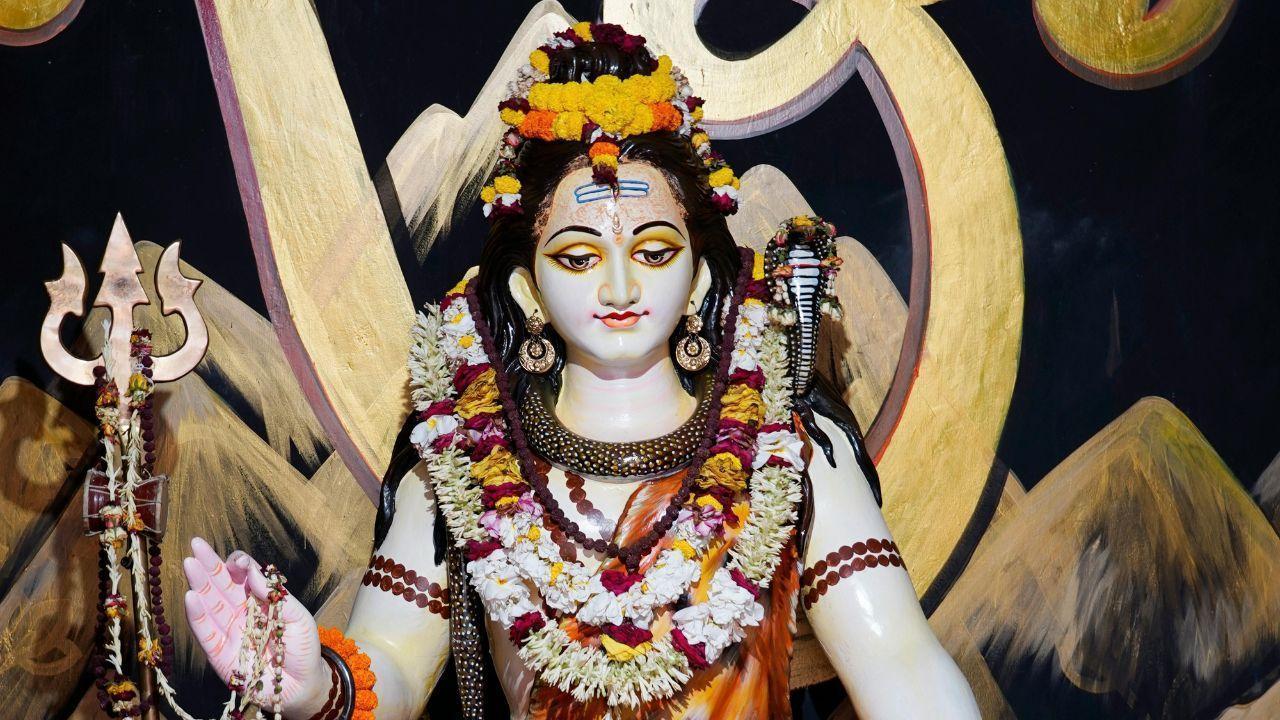
Maha Shivratri Celebrating Lord Shiva's Cosmic Dance and Power... Read More.

Why Top 5 Sports for Kids to Improve Physical and Social Skills Matter... Read More.
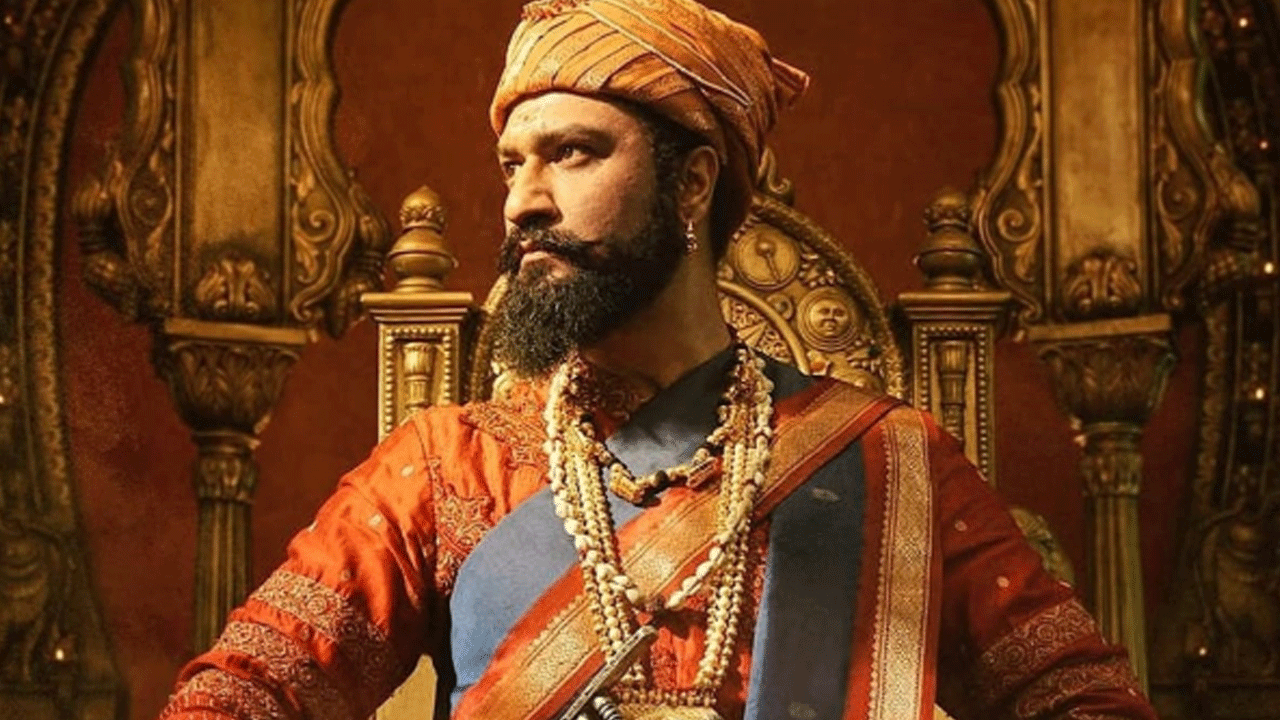 Chhaava box office Day 11: Sees sharp drop, earns ₹18.50 crore
Chhaava box office Day 11: Sees sharp drop, earns ₹18.50 crore
Chhaava saw a big drop on second Monday, earning ₹18.50 crore. It has made ₹345.25 crore in India an
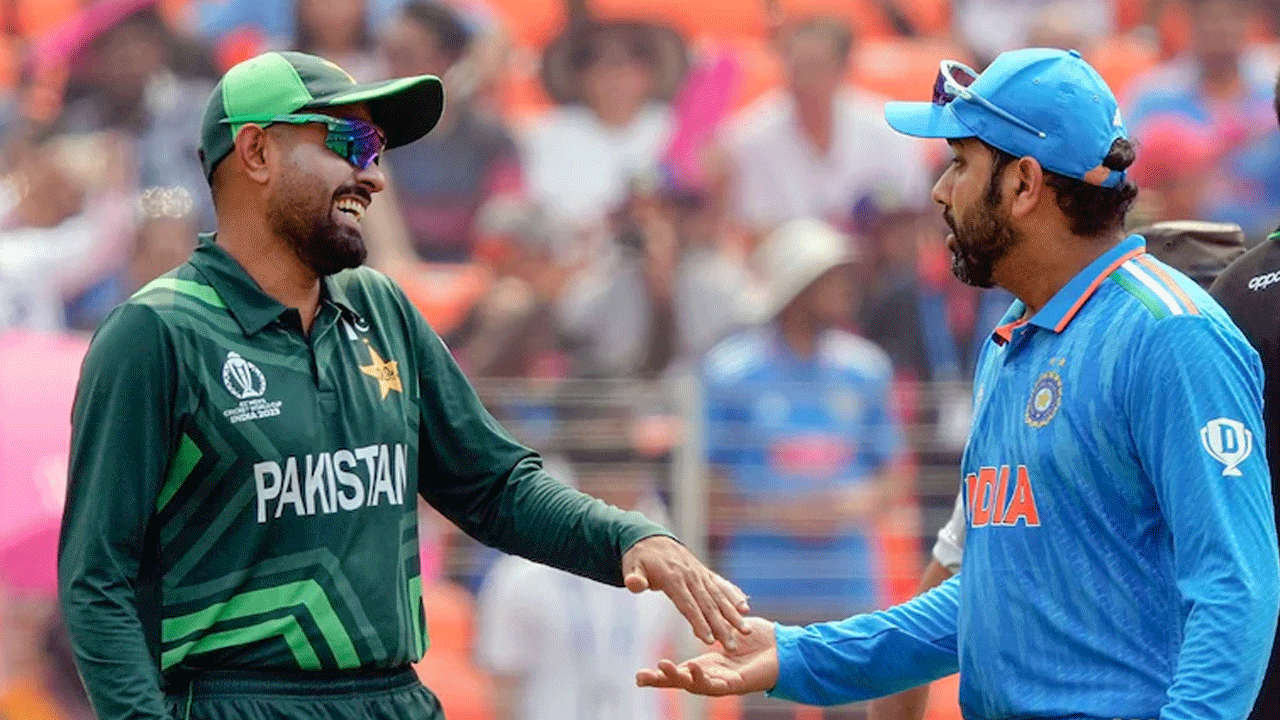 Pakistan Faces Major Financial Blow After Early Champions Trophy Exit
Pakistan Faces Major Financial Blow After Early Champions Trophy Exit
Pakistan cricket is in deep trouble again, as finding sponsors for the men's team may be tough after
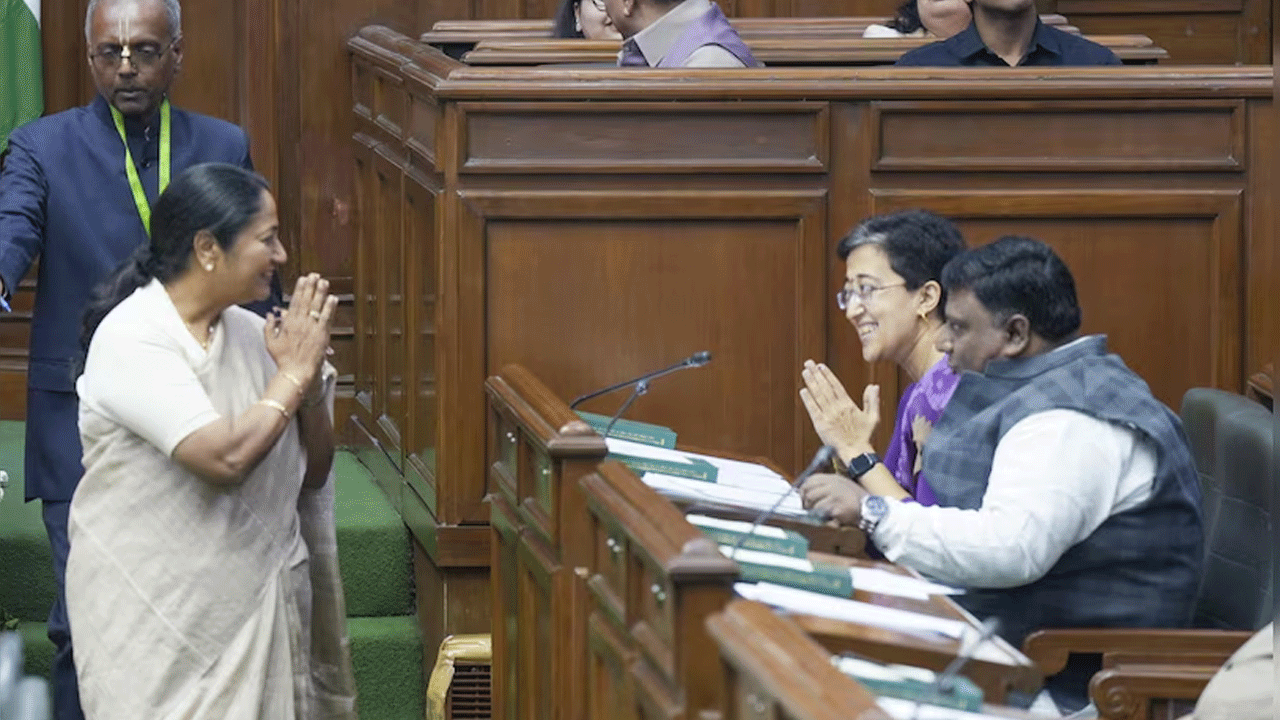 Delhi Govt to Table 14 CAG Reports on AAP Tenure in Assembly Today
Delhi Govt to Table 14 CAG Reports on AAP Tenure in Assembly Today
The CAG reports were previously “blocked” by Delhi’s former AAP-led government.
 Stock Market Holidays 2025: BSE, NSE Closure on Mahashivratri, Feb 26
Stock Market Holidays 2025: BSE, NSE Closure on Mahashivratri, Feb 26
India's top stock exchanges, BSE and NSE, will remain closed on Wednesday, February 26, for Mahashiv
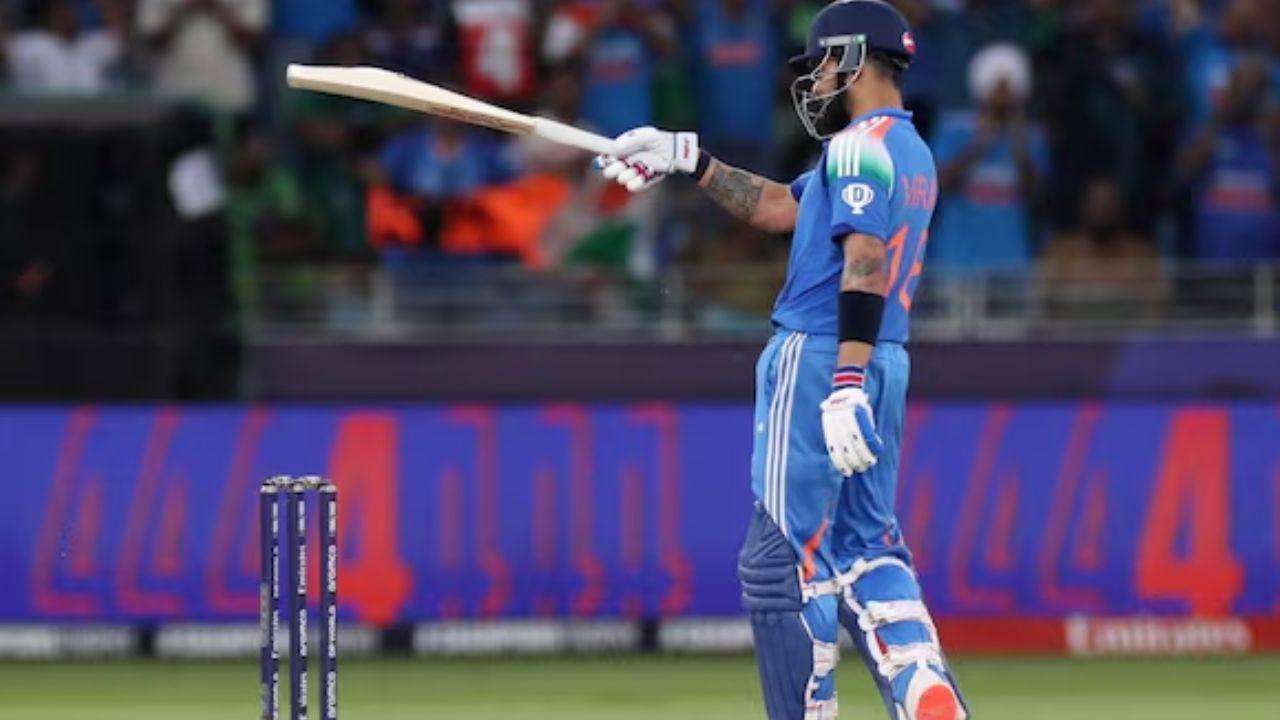 India vs Pakistan Champions Trophy clash sets new viewership record
India vs Pakistan Champions Trophy clash sets new viewership record
The India vs Pakistan Champions Trophy match set a record on JioHotstar with 60.2 crore views.
The Mythical Significance of Maha Shivratri and Its Impact on Spiritual Growth

Maha Shivratri Celebrating Lord Shiva's Cosmic Dance and Power
Top 5 Sports for Kids to Improve Physical and Social Skills

Why Top 5 Sports for Kids to Improve Physical and Social Skills Matter
Preity Zinta slams Kerala Congress with "Shame on You" over loan claim.
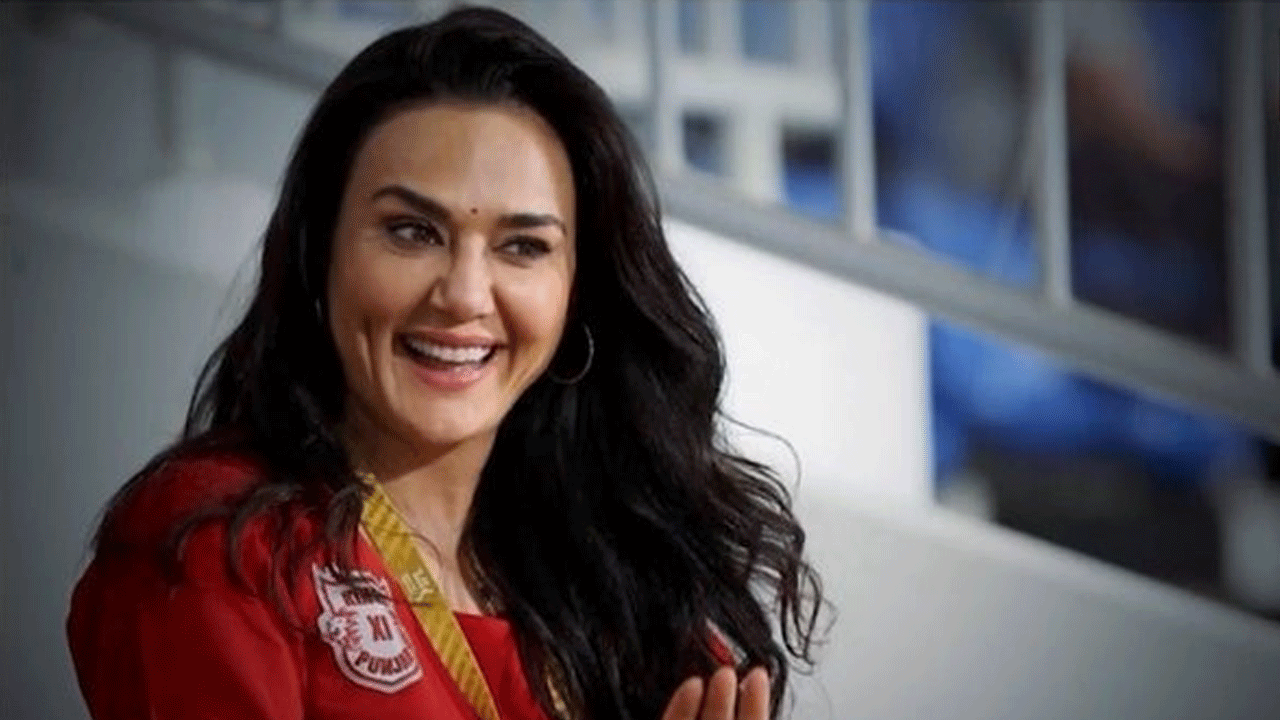
The actor criticized the Congress, accusing them of spreading "vile gossip" over the loan claim
"Who Knows Tea's Fragrance Better Than A Chaiwala?" Says PM Modi
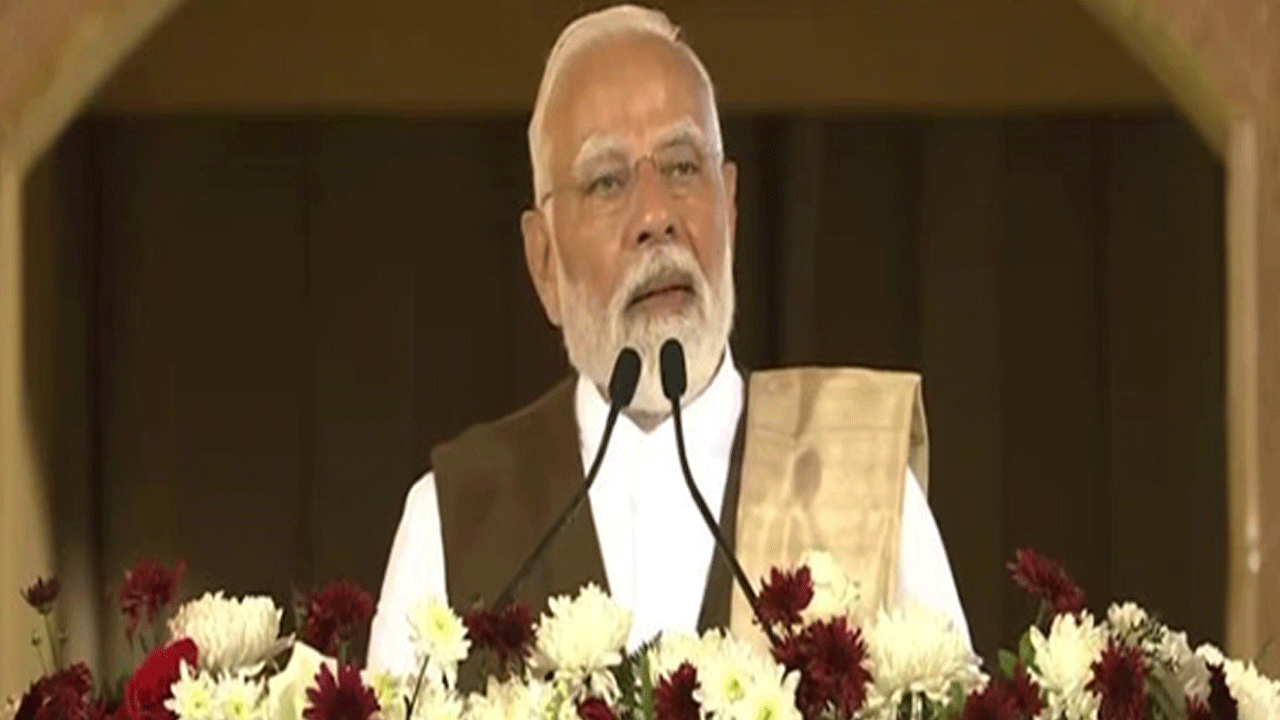
The Assam government is celebrating 200 years of the state's rich and historic tea industry
Chhaava box office Day 11: Sees sharp drop, earns ₹18.50 crore

Chhaava saw a big drop on second Monday, earning ₹18.50 crore. It has made ₹345.25 crore in India and ₹444.50 crore worldwide, surpassing Brahmastra.
15,000 Workers Join Maha Kumbh Cleanliness Drive To Set World Record
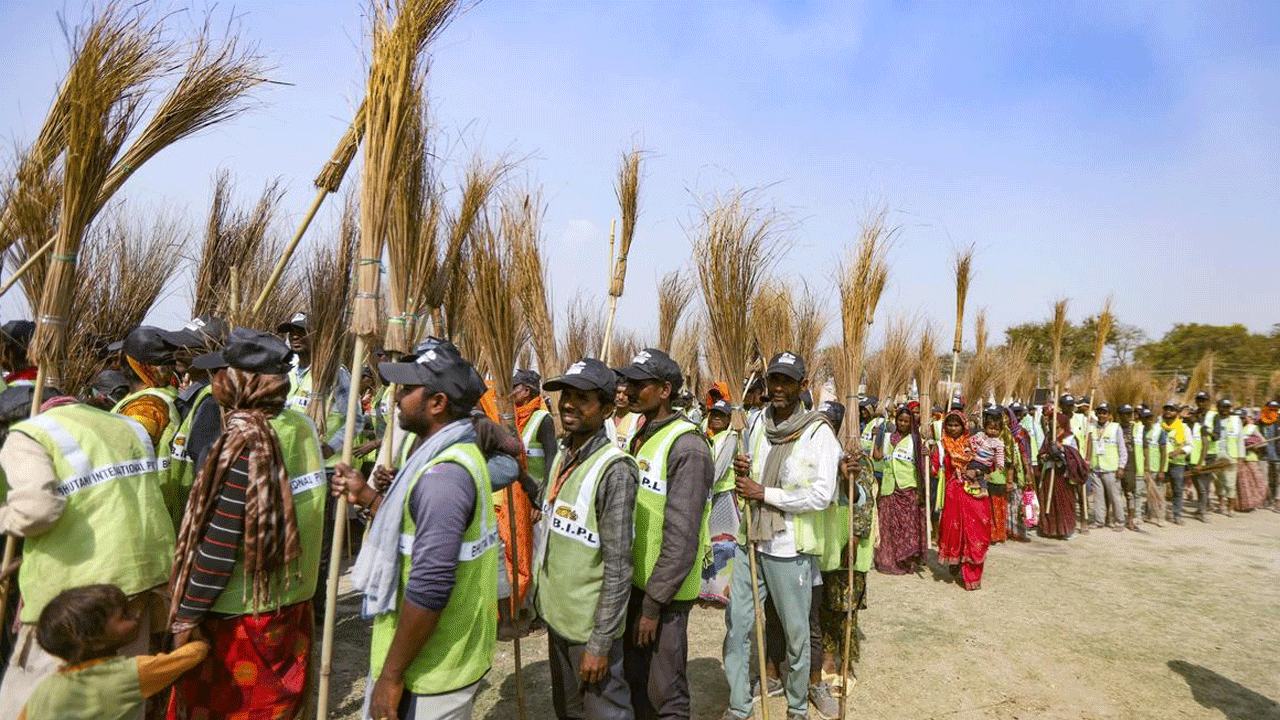
The official record validation report will be released after three days, as per the statement.
Keep Kids Healthy and Happy with Outdoor Games Over Video Games
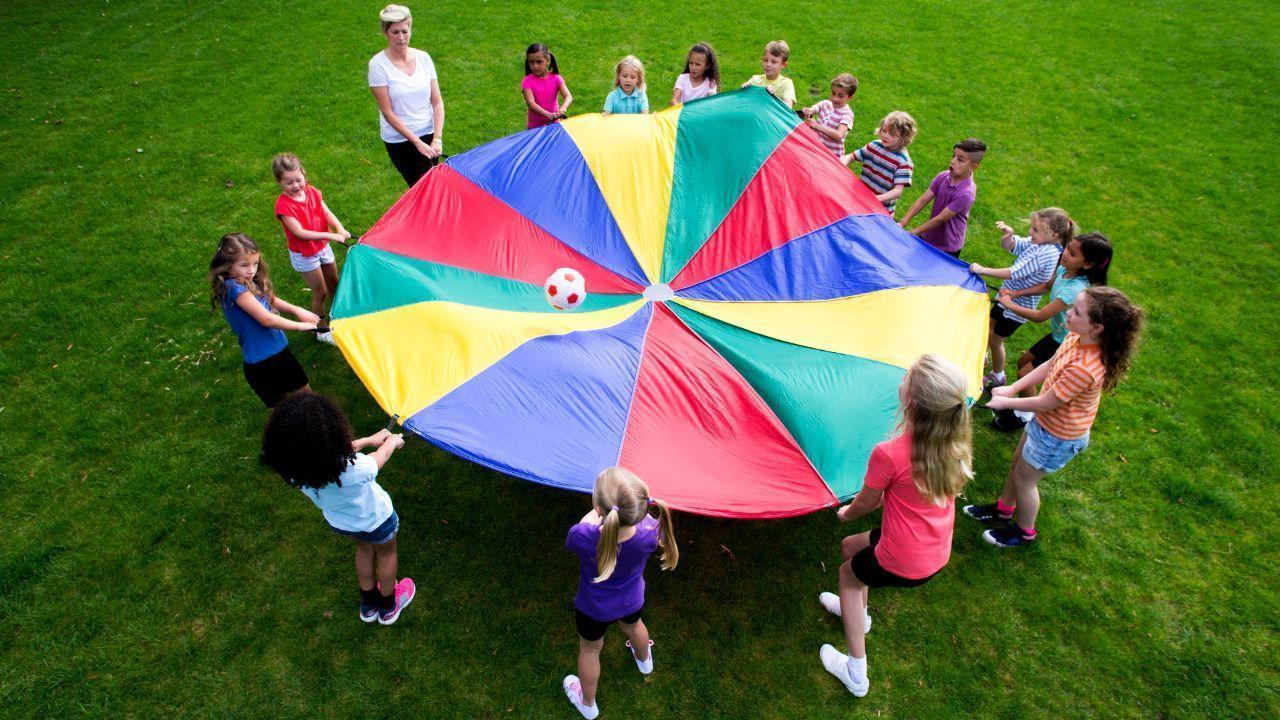
Encourage Outdoor Games for Kids to Stay Active, Healthy, and Happy
Kerala BJP Leader Sent to 14-Day Police Custody in Hate Speech Case

Earlier, PC George had surrendered at the Erattupetta court in Kottayam for a case related to hate speech
Canada’s new visa rules may create big trouble for Indian students, workers
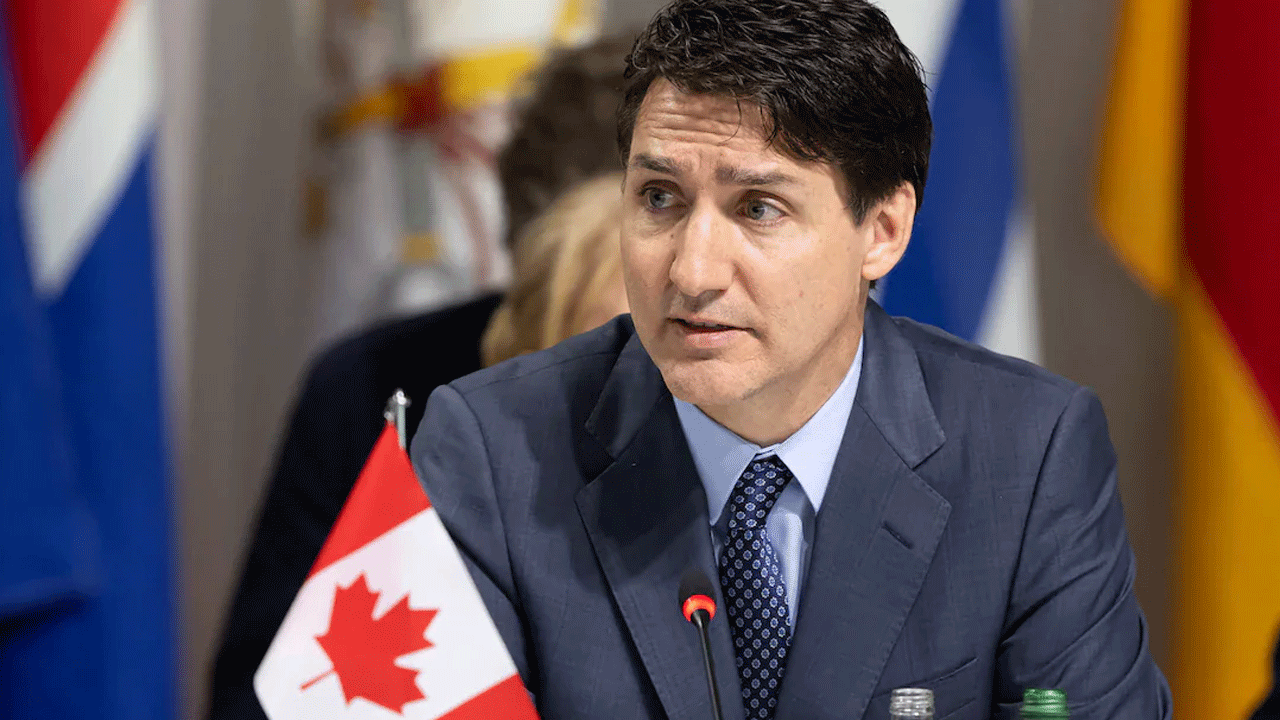
These rules started in February, allowing Canadian border officials to change visa status anytime.
Apple to create 20,000 US jobs, build servers for Apple Intelligence
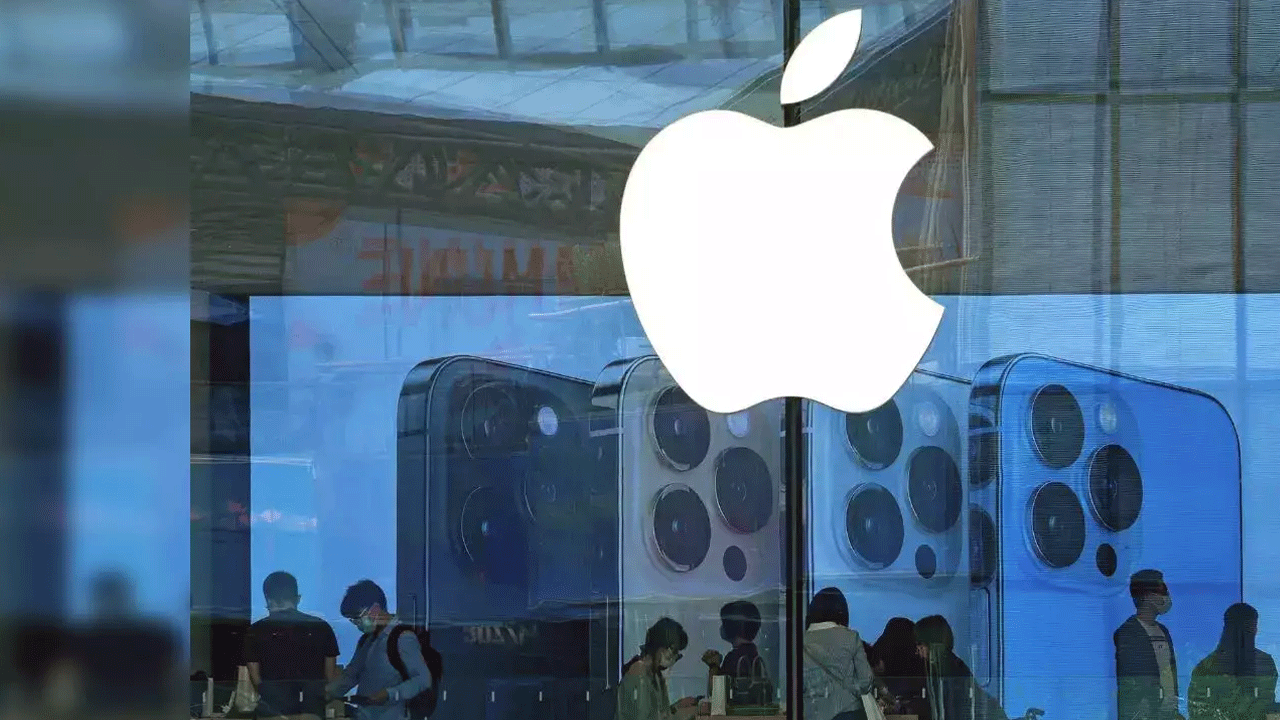
Apple plans to invest $500 billion, hire 20,000 people, and build Apple Intelligence servers in the US
3001E, 30 Floor, Aspin Commercial Tower, Sheikh Zayed Road, Dubai, UAE
+971 52 602 2429
info@dxbnewsnetwork.com
© DNN. All Rights Reserved.